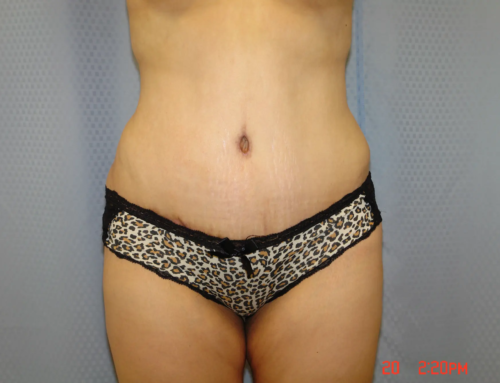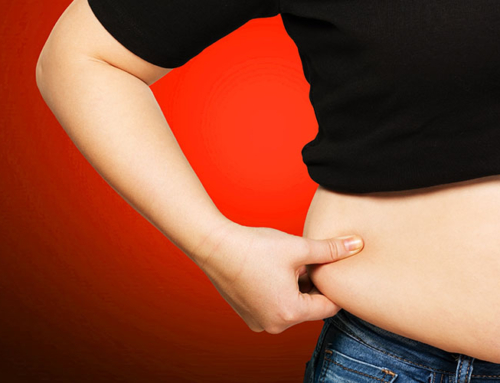Although tummy tuck surgery is considered a cosmetic procedure, many patients have reported symptomatic relief from back pain and urinary incontinence following this surgery.
Pregnancy has a major impact on a woman’s body. While in some women these physical changes can be minimal, others may end up with lifelong functional changes, namely chronic pain or urinary incontinence. These may grow worse after multiple pregnancies.
During pregnancy, the muscles of the abdomen are stretched and separated, causing “diastasis.” This muscle separation and weakness leaves the lower back unstable and unsupported. In addition, weakness of the internal muscles of the actual pelvic floor does also occur leaving some of these patients with urinary incontinence.
A tummy tuck surgery aims to repair this diastasis and “re-tighten” these muscles and may also indirectly help in strengthening pelvic muscles through tightening the core of the body. The exact mechanism remains poorly understood. It is strongly believed that these functional improvements may be due to the restored strength and stability in the abdomen and pelvic region that the tummy tuck provides.
These observations were validated by a new research study that was published by the journal Plastic and Reconstructive Surgery. It confirmed that a tummy tuck may not only accomplish a good cosmetic result but may also improve both chronic back pain and urinary incontinence. It does improve “form” and “function”.
In this Australian study, 214 women had tummy tuck procedures at 9 plastic surgery centers. The average age of these women was 42 and, on average, they had had 2.5 child births. The study noted that between 5 and 21 percent of women experienced chronic back pain and 25 to 38 percent of them experienced urinary incontinence, 10 to 12 years after pregnancy. All the patients filled the same a questionnaire at six weeks, and six months post-surgery. By six months, the women reported an average improvement in back pain of 85 percent. Meanwhile, there was a 73 percent improvement in incontinence. A remarkable improvement in their symptoms.
The authors argued that they have several theories as to how the tummy tuck could improve urinary symptoms, but aren’t entirely sure of the exact mechanism. One strong theory is that the procedure returns some of the tension distributed throughout the fascia network that’s lost during pregnancy. This could lengthen the urethra and improve urinary continence.
They concluded that abdominoplasty has “a proven functional benefit as well as a cosmetic benefit”. “Abdominoplasty not only restores the trunk to its pre-pregnancy shape, it also restores the function, converting a moderate disability to a trivial issue that no longer dictates what can be achieved.”. Not to mention the added relief of removing the excess skin and fatty that usually averages 5 pounds, off the back.
This pilot study prompted more research on the health benefits that may result from abdominoplasty in postpartum women, namely improving the functional symptoms of low back pain and urinary incontinence. However, up to date, insurance generally does not cover this procedure. So, you will need to pay for your tummy tuck out of pocket. Insurance does occasionally pay for a procedure called “panniculectomy”, a procedure that removes only the excess skin and fat.
Furthermore, no doctor can guarantee that tummy tuck will relieve back pain. While some patients do experience improved core strength and pain relief, others may not.
Board Certified Plastic Surgeon, Dr. Maan Kattash is a specialist in tummy tuck surgery. Click here to see more of the procedures performed by Dr. Kattash https://drkattash.com/plastic-surgery/abdominoplasty-1/ in our Beverly Hills, Los Angeles, Rancho Cucamonga and, Irvine location of call 310-550-6174 to schedule a complimentary consultation.
References:
-
https://journals.lww.com/plasreconsurg/Fulltext/2018/03000/Abdominoplasty_Improves_Low_Back_Pain_and_Urinary.13.aspx
-
https://www.plasticsurgery.org/news/press-releases/more-than-just-a-cosmetic-procedure-tummy-tuck-reduces-back-pain-and-incontinence
-
https://www.techtimes.com/articles/222332/20180303/tummy-tuck-not-just-a-cosmetic-procedure-abdominoplasty-may-reduce-back-pain-urinary-incontinence.htm








